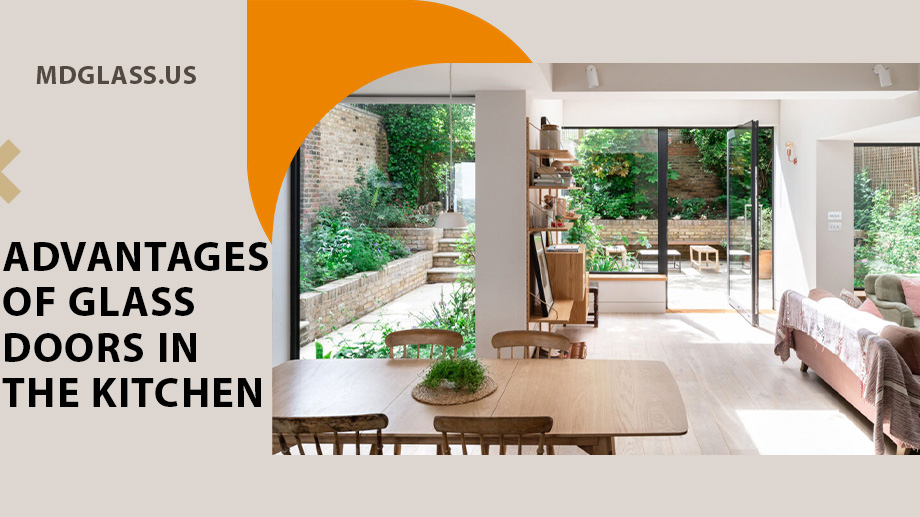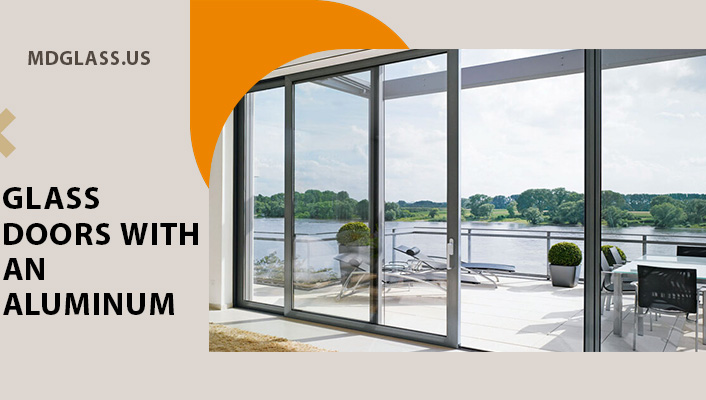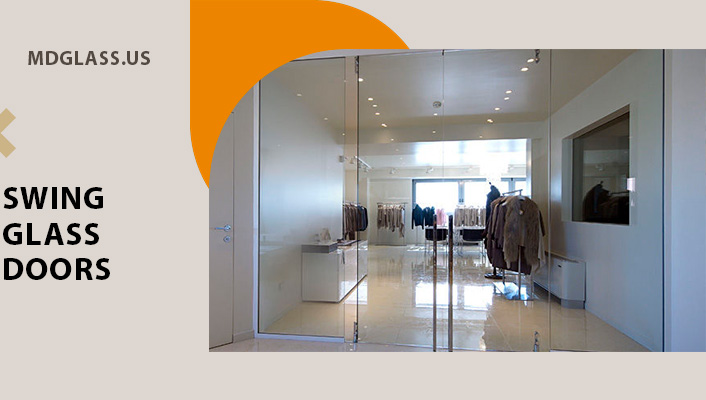Rain, snow, hail, wind, but also the sun, have to keep the front door and facade away from your own home. In the long run, however, the materials can be damaged or at least visually impaired.
Because cold, moisture and UV light affect the material over the years, cause faded colors or, in the worst case, damage from cracks or other signs of wear and tear.
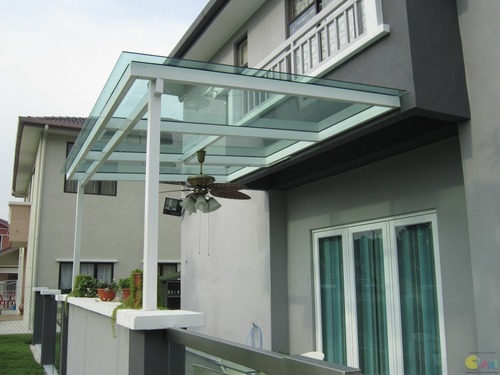
With a glass canopy, however, the service life and the flawless appearance of the entrance area can be considerably extended. The front door canopy made of glass keeps harmful weather influences away from the entrance area. Depending on the model, a roof pitch or a drainage system ensures the drainage of any liquid. In this way, the glass entrance roof remains permanently clean and free from algae or moss infestation.
Which glass is used for entrance glass canopies?
Acrylic and bar glass as well as safety glass are usually used for canopies. Even if safety glazing such as laminated safety glass is break-proof, it can still suffer unsightly damage. For this reason, we only use resistant acrylic glass for our canopy models as well as the related, particularly stable bar glass. These are even more translucent than glass, insensitive to UV radiation and also inexpensive.
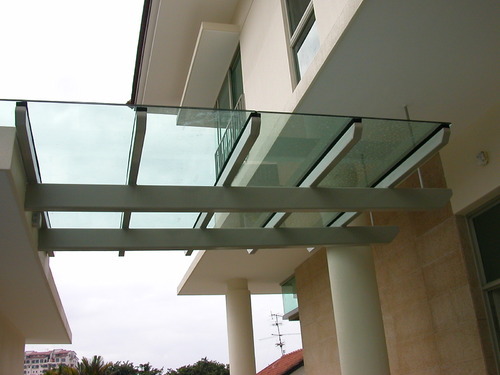
Which roof shapes are possible with glass?
The most common shapes for glass canopies are lectern, arched and flat. The simplest type is the flat roof, which, however, requires a rain gutter for water drainage. The desk canopy is designed in a very similar way, but has a slight incline that improves functionality. A variant of this is the desk arch canopy, in which the roof is rounded towards the front. Not to be confused with this is the arched canopy with a curve on the sides, which promotes water drainage and looks very elegant.

